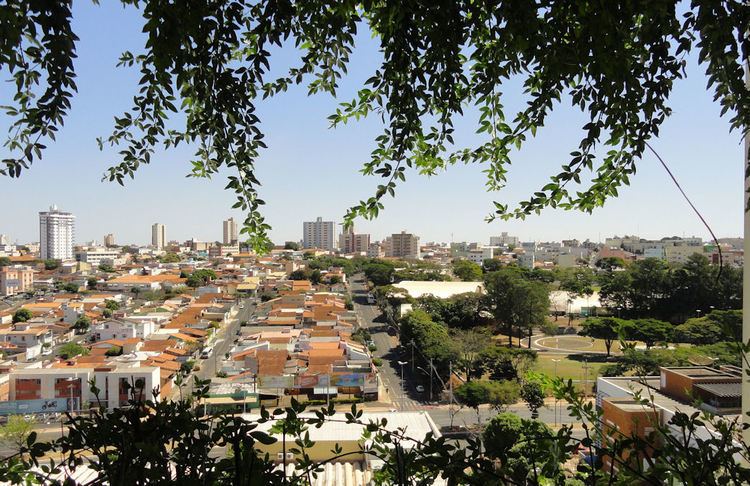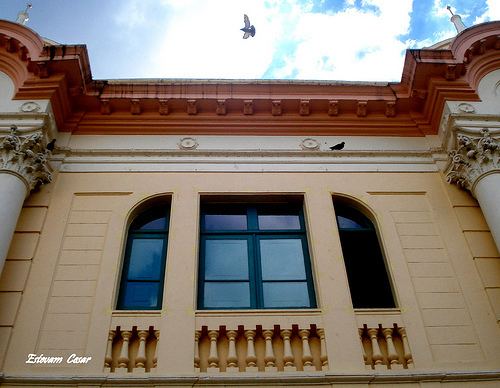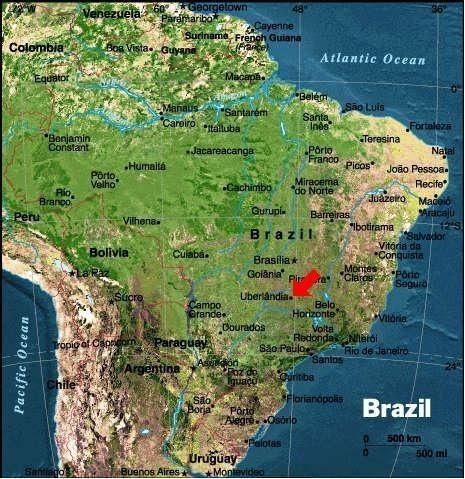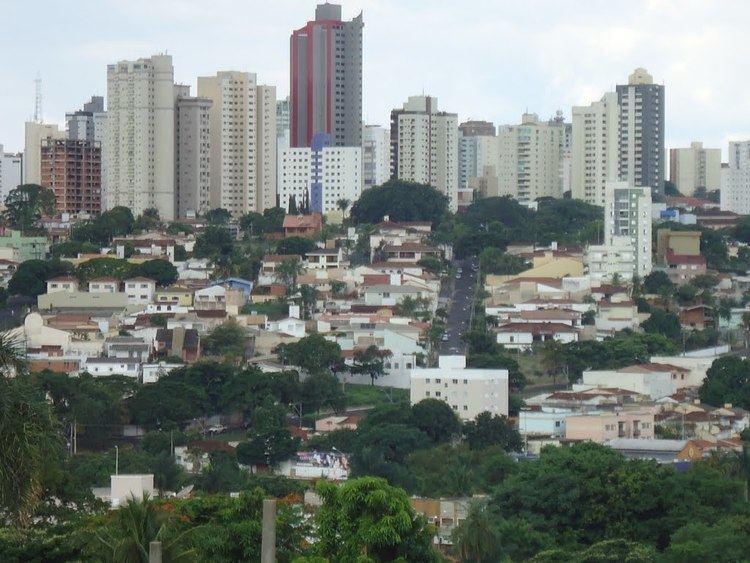Country State Founded August 31, 1888 Population 584,102 (2010) | Area 4,115.9 km2 Region Mayor Gilmar Machado (PT) | |
 | ||
Colleges and Universities Universidade Federal de Uberlandia | ||
Fight night uberlandia fan event
Uberlândia ([ubɛxˈlɐ̃d͡ʒiɐ]) is a municipality in the state of Minas Gerais, southeastern Brazil.
Contents
Map of Uberlândia
With a population of 654,681 inhabitants, according to 2014 estimates, the city is the second largest in the state second only to Belo Horizonte (2,491,109).
The city is served by Uberlândia–Ten. Cel. Av. César Bombonato Airport.
Uberlandia brazil
Geography

Uberlândia is located in the western part of the state of Minas Gerais, in the region called Triângulo Mineiro, one of the richest agricultural regions of Brazil, between the Paranaíba and Grande rivers. It is connected to major cities by the following federal highways: BR-050, BR-365, BR-455, BR-452, and BR-497. Uberlândia is about 580 km away from São Paulo, connected by a modern and safe double trace highway (BR-050). The capital of the state of Minas Gerais, Belo Horizonte, is 560 km away and Brasília, the capital of the country, lies just 440 km to the north. There are railways connecting Uberlândia via the north-south Centro-Atlântica line.

Uberlândia is a statistical micro-region including the following municipalities: Araguari, Araporã, Canápolis, Cascalho Rico, Centralina, Indianópolis, Monte Alegre de Minas, Prata, Tupaciguara, and Uberlândia. In 2007 the population of these cities' agglomeration was 818,395 inhabitants in a total area of 18,864.20 km². The population density (2000) was 43.38 inhab/km².

Due to its centrality and good transport links, Uberlândia has been chosen as a distribution point for the Free Economic Zone of Manaus, the first ever such distribution point.
Religion
According to the 2010 census, a narrow majority of its citizens are members of the Roman Catholic Church (54.73%), while Evangelical Christians comprise the second largest religious affiliation in the city (25.23%). There are also substantial minorities of Spiritists (7.80%) and those who identify with no religion (7.80%). There are smaller minorities adhering to the Brazilian Catholic Apostolic Church, the Orthodox Church, the Jehovah's Witnesses, The Church of Jesus Christ of Latter-day Saints, Islam, Buddhism, indigenous beliefs, Umbanda and Candomblé, (all below 1% of Uberlândia's population).
Tourism
The city of Uberlândia has many touristic attractions, in its architectural value and cultural and natural values. Some of the main attractions of the city:
